What are the differences between the Assembly Order Module & Manufacturing Module in Dynamics 36
- Christian Riechert
- Oct 19, 2018
- 3 min read
Whether products are assembled or manufactured, Dynamics 365 Business Central (formerly known as Dynamics NAV), provides very powerful industry specific capabilities that are crucial to each of the two. This post briefly describes the differences between each module.
Assembly Order Features
For organizations that quickly assemble products to sell to customers, assembly orders simply use components to complete finished inventory items. These are companies that supply products to their customers by combining components in simple processes without the need of manufacturing functionality. Dynamics 365 includes features to assemble items that integrate with existing features such as sales, planning, reservations, and warehousing. Assembly items are defined as sellable items that contain an assembly BOM. They are internal orders, just like production orders, used to manage the assembly process and connect the sales requirements with the involved warehouse activities.
Assembly orders differ from other order types due to the fact that they involve both output and consumption when posting. The header of an assembly order behaves similarly to that of a sales order line, while assembly order lines behave similarly to consumption journal lines.
To support a just-in-time inventory strategy and the ability to customize products to customer requests, assembly orders may be automatically created and linked as soon as the sales order line is created. The link between the sales demand and the assembly supply enables sales order processors to customize the assembly item on the fly, promise delivery dates according to component availability, and to post output and shipment of the assembled item directly from their sales order interface.
On one sales order line, you can sell a quantity that is available and must be picked from stock together with a quantity that must be assembled to the order. Certain rules exist to govern the distribution of such quantities to ensure that assemble-to-order quantities take priority over inventory quantities in partial shipping.
Special functionality exists to govern the shipping of assemble-to-order quantities. When an assemble-to-order quantity is ready to be shipped, the warehouse worker in charge posts an inventory pick for the sales order line(s) in question. This, in turn, creates an inventory movement for the components, posts the assembly output, and the sales order shipment. Dynamics 365 supports both assemble-to-order, and assemble-to-stock methods that determines when and how the assembly order is generated.
Manufacturing Specific Features
For manufacturing organizations, a few features are necessary to ensure inventories of materials and finished goods remain accurate during the manufacturing process when materials are used, but the product has not yet been completed.
Adding the ability to record manufacturing labor against specific production orders and routing steps.
Attaching a routing sheet which defines specific work centers or machines that are required to be utilized to complete a product.
Assigning a capacity to each machine and resource to utilize capacity planning time sheet labor sources used and for how long.
Ability to track quality measures against specific routing steps.
It is important that consumption journals are recorded to identify all raw materials that were used from the output journal while the output journal identifies all finished products that were manufactured. Dynamics 365 has the ability to record these two journals at different times to ensure that inventory is accurate. The ability to track work in progress accordingly is also vital to manufacturing companies, again to maintain accuracy in tracking expenses, materials, resources, and inventories.
We hope this information was helpful in addressing differences regarding the two modules. With any questions regarding Dynamics 365 and other Microsoft Software Solutions, please contact us at (855)-227-0700 or visit our website CBR Technology. Thank you.




